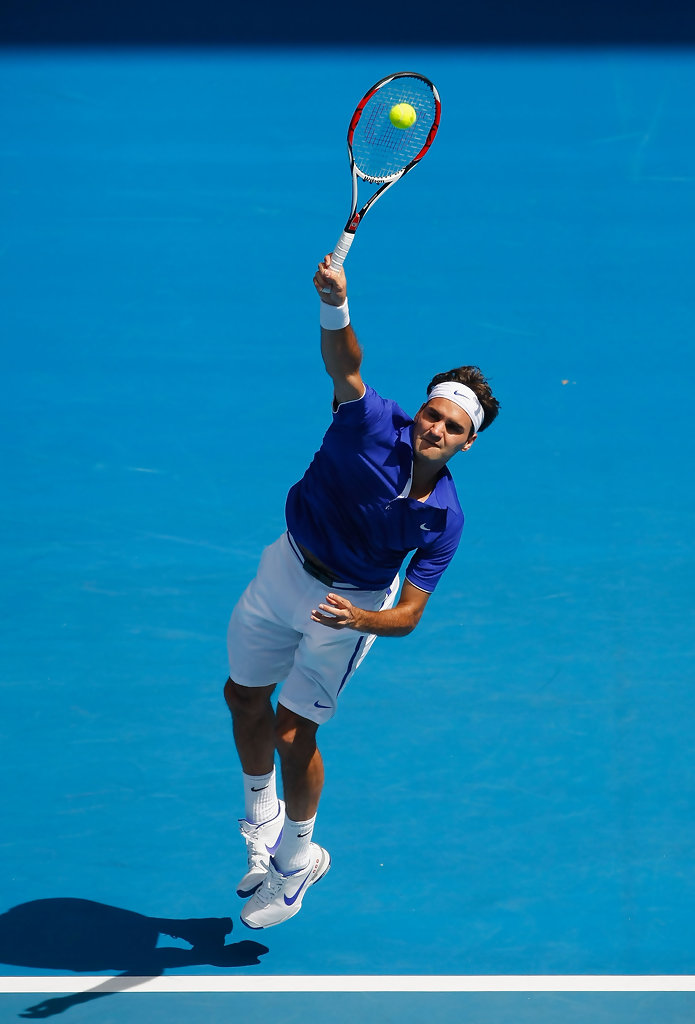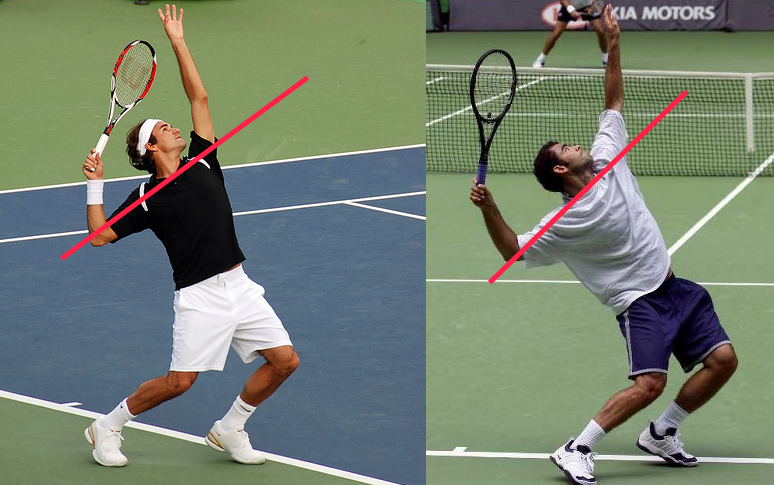Looking to improve my serve. Any suggestions?
Thing I struggle with the most is my toss. I think my toss often drifts too far to the right and far in front for my flat and slice serves. For my kick serve, my toss will drift too far to the right and behind me. I also notice my body weight going forward, but it looks sometimes too much forward and not enough up to the ball?
I thought I was hitting the serve better on the far view. The toss at 2:50 on the "FarServeView" is what I think would be a better toss for my flat serve.
Thank you!
Thing I struggle with the most is my toss. I think my toss often drifts too far to the right and far in front for my flat and slice serves. For my kick serve, my toss will drift too far to the right and behind me. I also notice my body weight going forward, but it looks sometimes too much forward and not enough up to the ball?
I thought I was hitting the serve better on the far view. The toss at 2:50 on the "FarServeView" is what I think would be a better toss for my flat serve.
Thank you!



